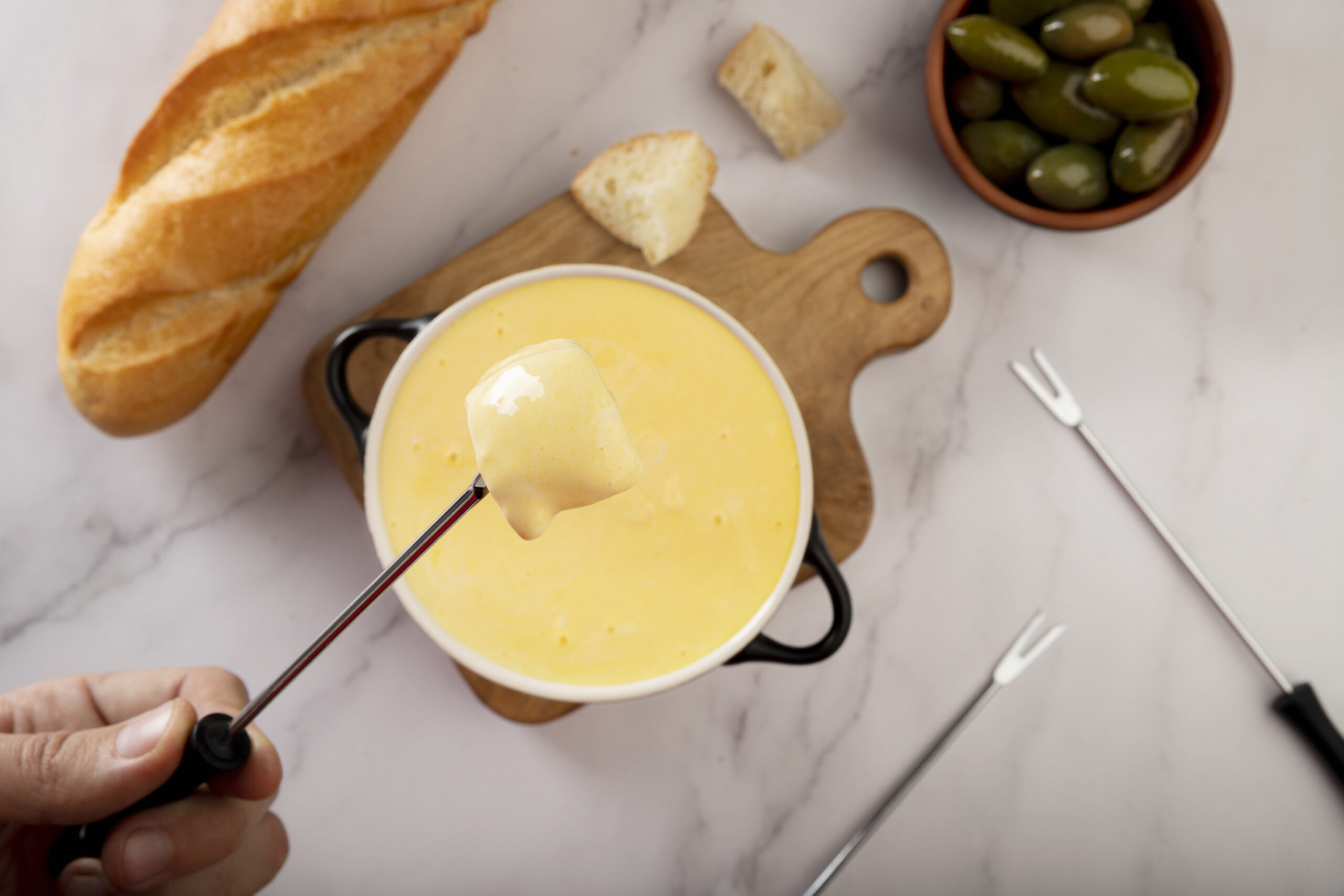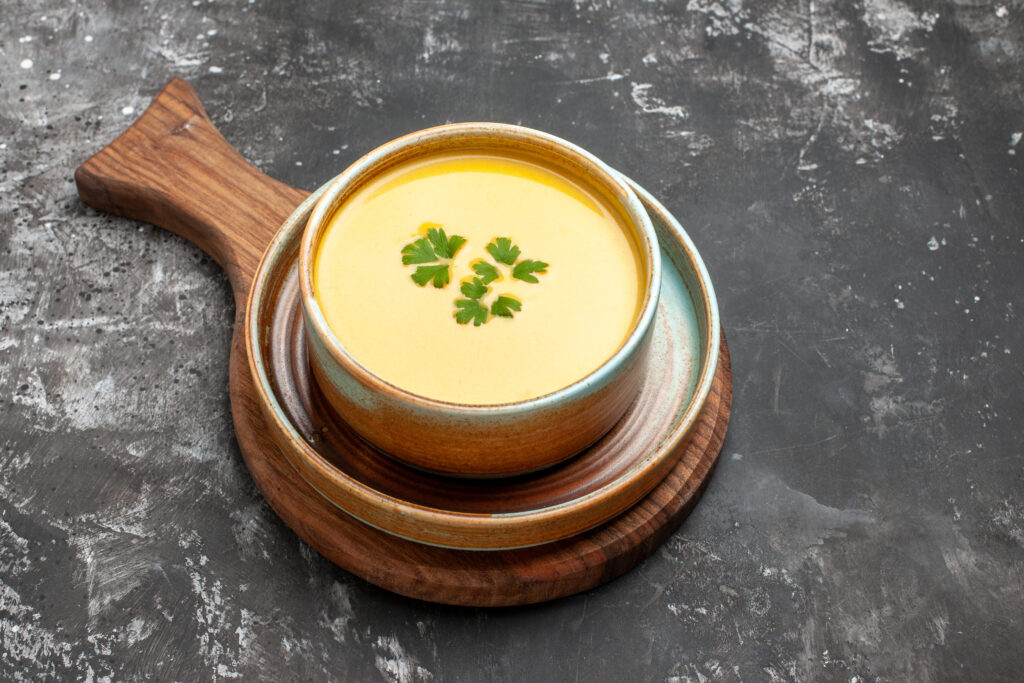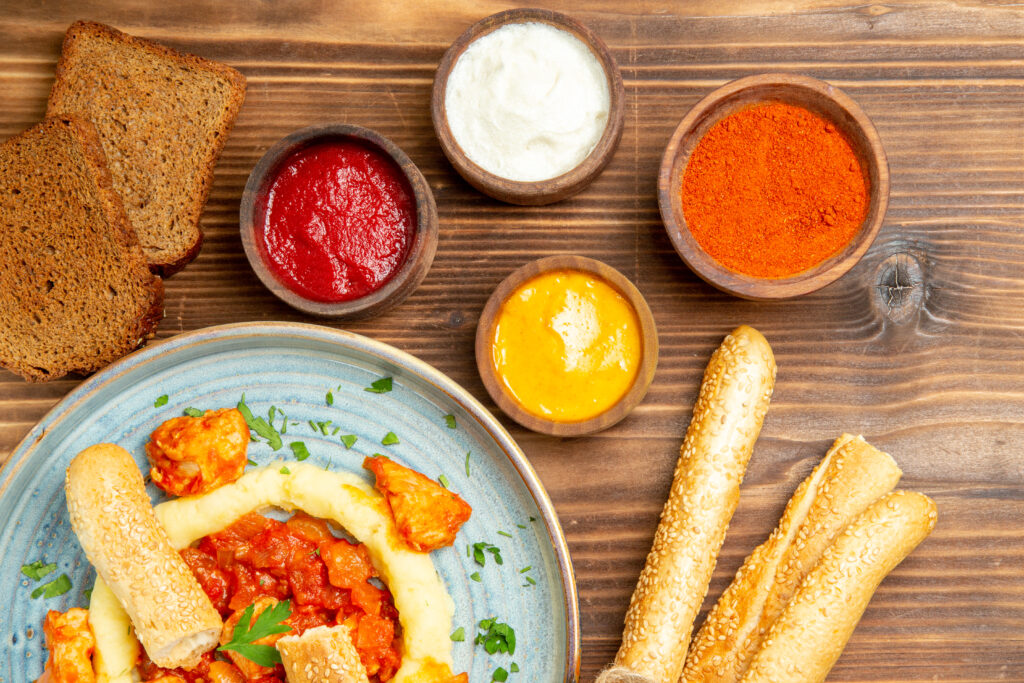Grief Quotes to Help You Through Loss


Hollandaise sauce, with its rich and creamy texture, is a classic French sauce that can elevate a wide range of dishes. While it might seem intimidating to prepare, mastering hollandaise sauce can open up a world of culinary possibilities. This guide will walk you through the essentials of making hollandaise sauce, exploring its variations, and pairing it with the perfect dishes for any occasion. Whether you’re a seasoned chef or a home cook, this article will provide you with the knowledge and skills to create a flawless hollandaise sauce every time.

To create a classic hollandaise sauce, you’ll need a few basic ingredients that come together to form its signature flavor and texture. Here’s what you’ll require:
These ingredients create the foundation of a traditional hollandaise sauce, known for its buttery richness and slight tang from the lemon juice.
While hollandaise sauce is traditionally made using a double boiler, several methods can simplify the process without compromising on quality.
In this method, a double boiler is used to gently heat the ingredients, ensuring they don’t scramble.
This method simplifies the process by using a blender, perfect for those short on time.
Once you’ve mastered the basic hollandaise sauce, you can explore various delicious variations by adding different ingredients.
Béarnaise sauce is a popular variation that incorporates tarragon and shallots.
Serve with: Grilled steak or roasted vegetables.
Maltaise sauce adds a citrusy twist by incorporating blood orange juice.
Serve with: Asparagus or poached fish.
This variation introduces a tangy kick with Dijon mustard.
Serve with: Chicken or steamed vegetables.
For those who love a bit of heat, spicy hollandaise is the perfect choice.
Serve with: Fish tacos or grilled shrimp.

Hollandaise sauce is incredibly versatile and pairs beautifully with a variety of dishes. Here are some pairing suggestions to inspire your next meal:
Hollandaise sauce can be a show-stopping addition to meals for various occasions, from casual brunches to elegant dinners.
For brunch gatherings, consider serving eggs benedict with hollandaise sauce as the star of the spread. Its luxurious texture and flavor make it a favorite among guests. During holiday dinners, hollandaise can elevate roasted meats and vegetables, adding a touch of sophistication to the meal. It’s also a delightful addition to special occasion breakfasts, providing a rich complement to simple dishes like poached eggs and toast.
Proper storage and reheating of hollandaise sauce are crucial to maintaining its quality and safety.
To store hollandaise sauce, transfer it to an airtight container and refrigerate for up to two days. When reheating, it’s important to do so gently to avoid curdling. Place the sauce in a heatproof bowl over a pot of simmering water, stirring frequently until warmed through. Avoid using a microwave, as it can cause the sauce to separate.
Eggs Benedict is a quintessential dish that showcases hollandaise sauce at its best. Here are some tips to perfect this classic dish:
For a twist on tradition, consider variations like Eggs Florentine, which replaces Canadian bacon with sautéed spinach, or Eggs Royale, featuring smoked salmon.
While traditional hollandaise is delicious on its own, you can enhance its flavor profile by incorporating various spices and additions.
Experimenting with these additions allows you to tailor the sauce to your taste and the dish you’re serving it with, making hollandaise a versatile and customizable component of your culinary repertoire.